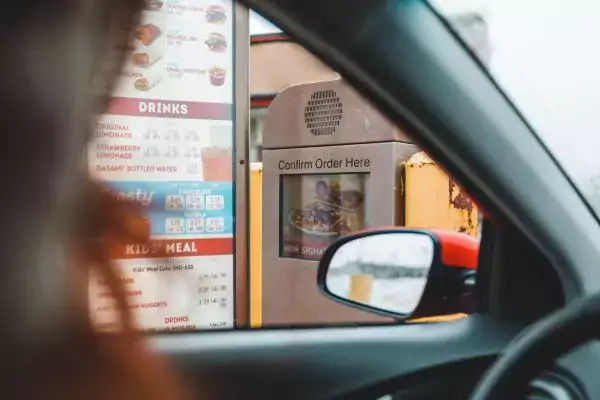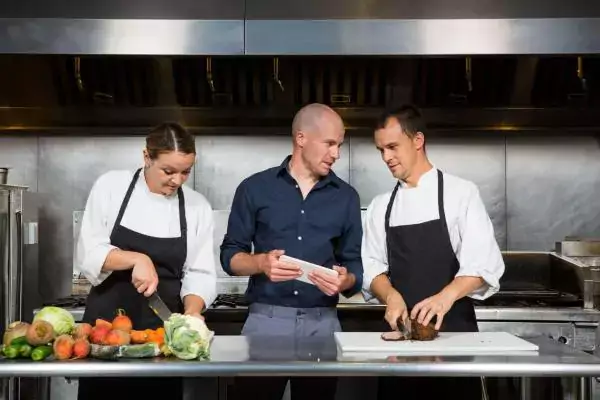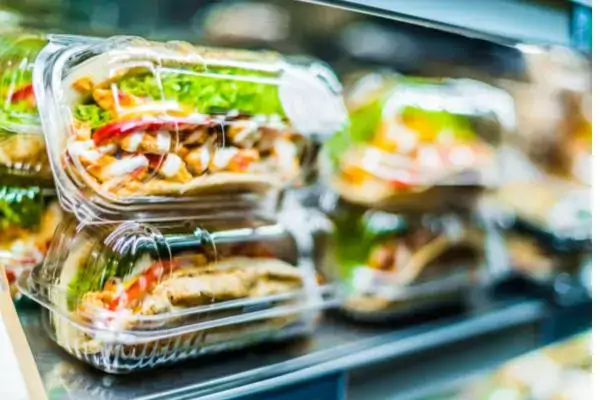The expansion of franchise quick-service restaurants (QSRs) into non-traditional spaces is a result of increased competition and a limited amount of prime real estate.
So, how does a brand grow when there’s a limited amount of space? Right in our home city of San Francisco, we see our Giants MLB team trying to develop the area around AT&T Park. The proposal, called Mission Rock, involves building a neighborhood of homes, shops, offices, art studios, parks and even a brewery, right around the ballpark. The team stands to gain millions through this 28-acre real estate development project and can offset ticket sales in non-World Series years.
Similarly, restaurant franchises can capitalize on the opportunity that exists in nontraditional space surrounding their restaurants, like food courts, universities, and airports. The opportunity to profit from leased space can offset operational costs of running full restaurants and other costs associated with the pursuit of prime real estate.
Restaurant companies just need to make sure their operation, offerings, and promotions stay true to their brand. Of course, that’s easier said than done! Here are a couple suggestions for promoting your businesses as it expands in a non-traditional space.
Know What to Expect
Whenever I think of franchises expanding to non-traditional spaces, I think of my friend who served ice cream at a popular concert venue during his summer breaks from college. He had two great stories from this experience: A guy as jacked as Arnold Schwarzenegger walked up and bellowed, “I’ll have a twist with sprinkles!” The other story is that he met his future wife who was vacationing from her home 1,000 miles away. The point is, expect the unexpected in a non-traditional format and be prepared to serve a range of customers! As this article on QSRWeb.com discusses, non-traditional formats may also create unique franchise relationships because they are often formed through contract service providers rather than individual franchisees. As a result, these agreements often require more thought and planning. For instance, how will you operate in the absence of coolers and storage or a prep station? In many cases, like in airports or highway rest stops—or even a kiosk at a concert venue—your staff has a limited amount of space to operate. The server may be replaced by a cooler or hot pan, where food is prepared to be selected quickly. Part of expansion into non-traditional spaces also means redefining workflow among your employees in order to serve customers. So, while the coolers and hot pans don’t need to have personnel watching the entire time, they still need to be maintained for temperature, cleanliness, and quantity. Hopefully, your non-traditional space is offering more foot traffic, so you may be producing more food at a faster rate.Brand Focus
In traditional QSR locations, branding is important but involves a different kind of interaction with customers. In non-traditional locations, most impressions are going to be made in fleeting intervals, and for that reason, branding focus is a top priority. What a company chooses to display up front, from promotional signage to menu boards, is crucial to catching the eye of a traveler running to catch a plane or a student grabbing something before class. Companies need to make sure that these materials are consistent with their traditional locations and properly represent the company.The Takeaway
Part of expanding a franchise into non-traditional spaces is to serve customers who have different needs. Companies who expand this way need to acclimate to different paces and schedules. One thing that will help this transition is seamless communication and an auditing process that allows the non-traditional space to communicate with upper management. This oversight is especially important when a brand is trying a non-traditional concept for the first time.Subscribe to our blog
You are now subscribed!


